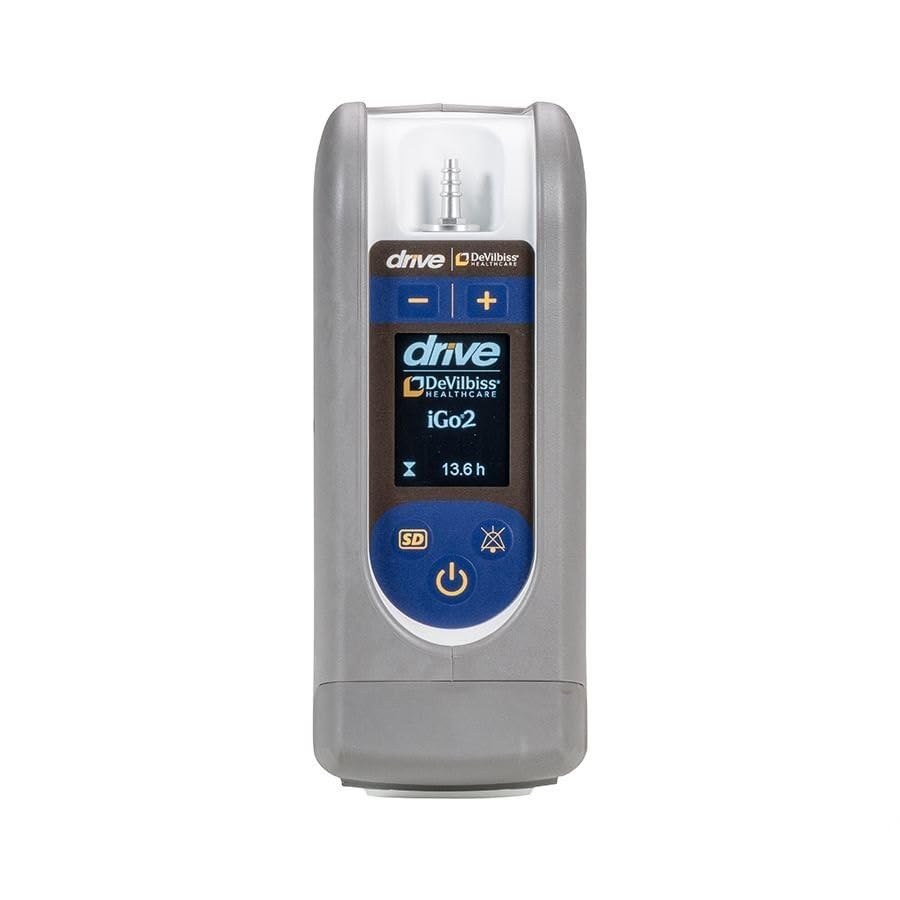In an age where technology has infiltrated every aspect of our lives, it’s no surprise that it’s also making remarkable strides in revolutionizing healthcare. One of the most noteworthy transformations is the rapid rise of telemedicine, a game-changing approach that leverages modern technology to provide healthcare services remotely. In this article, we’ll delve into the world of telemedicine and explore how it’s shaping the future of healthcare by enhancing accessibility, convenience, and patient care.
The Rise of Telemedicine
Telemedicine, also known as telehealth, refers to the practice of using telecommunications technology to deliver healthcare services and information over distances. It encompasses a wide range of services, including virtual consultations, remote monitoring, and even surgery conducted via robotic systems. The roots of telemedicine can be traced back to the mid-20th century, but it’s the advancements in digital communication and information technology in recent years that have truly propelled it into the mainstream.
Breaking Down the Technology Behind Telemedicine
Video Conferencing: The cornerstone of telemedicine is video conferencing, which allows patients and healthcare providers to communicate in real-time. High-quality video and audio connections enable doctors to perform remote consultations, diagnose illnesses, and discuss treatment options with patients from the comfort of their homes.
Remote Monitoring Devices: Modern healthcare is increasingly reliant on wearable devices and sensors that collect and transmit data. These devices enable healthcare professionals to monitor a patient’s vital signs, track chronic conditions, and provide timely interventions when necessary. For example, a diabetic patient can use a continuous glucose monitor that sends data to their healthcare provider, ensuring that their condition is managed effectively.
AI-Powered Chatbots: Artificial intelligence plays a significant role in telemedicine by providing virtual assistants and chatbots capable of answering medical questions, scheduling appointments, and providing preliminary guidance to patients. AI algorithms can even assist in triaging patients, helping prioritize those in need of immediate attention.
The Benefits of Telemedicine
Telemedicine offers a multitude of benefits that are transforming healthcare access:
Improved Accessibility: Telemedicine bridges geographical gaps, making healthcare services accessible to people in remote or underserved areas. Patients no longer need to travel long distances to see a specialist; they can connect with healthcare professionals from anywhere with an internet connection.
Convenience: Telemedicine enhances patient convenience by eliminating the need for travel, reducing wait times, and allowing for flexible appointment scheduling. This is particularly advantageous for individuals with busy schedules or mobility limitations.
Cost Savings: Patients often experience cost savings associated with telemedicine. Reduced travel expenses, fewer missed workdays, and potentially lower healthcare fees can make a significant financial difference.
Timely Care: Telemedicine enables faster access to healthcare services. Patients can receive timely medical advice and prescriptions, leading to quicker recovery and potentially preventing the progression of diseases.
The Role of AI in Revolutionizing Healthcare
AI is spearheading a revolution in healthcare by enhancing diagnosis, treatment, and patient care. It’s accelerating medical imaging analysis, reducing errors, and aiding in more informed treatment decisions.
Additionally, AI-driven drug discovery is transforming pharmaceutical research, while personalized medicine, guided by AI analysis of patient data, tailors treatment plans to individual genetic profiles, increasing effectiveness and reducing side effects. AI’s predictive analytics capabilities are also improving resource allocation and patient outcomes by forecasting disease outbreaks and patient readmissions based on extensive data analysis.
In essence, AI is ushering in a new era of healthcare marked by precision, efficiency, and improved patient outcomes.
The Role of Rugged Tech in Healthcare
Rugged technology plays a crucial role in healthcare, particularly in environments where durability and reliability are paramount. In emergency medical services, for example, rugged tablets and laptops are used to quickly access patient records, coordinate care, and communicate with healthcare facilities, even in challenging conditions.
These rugged devices and medical computers are built to withstand extreme temperatures, moisture, and physical shocks, ensuring that healthcare professionals can rely on them in critical situations. In rural or remote healthcare settings, where telemedicine is often essential, rugged communication equipment ensures that the connection remains stable, even in areas with limited infrastructure.
Challenges and the Road Ahead
While telemedicine offers tremendous promise, it also faces challenges. Regulatory and licensure issues, concerns about data privacy and security, and disparities in internet access are among the hurdles that need to be addressed for telemedicine to reach its full potential.
In conclusion, telemedicine is reshaping the landscape of healthcare by leveraging modern technology to enhance accessibility, convenience, and patient care. As we move forward, it’s crucial to embrace and support telemedicine’s growth while addressing its challenges to ensure that healthcare remains a more accessible and patient-centered field.
*****





























